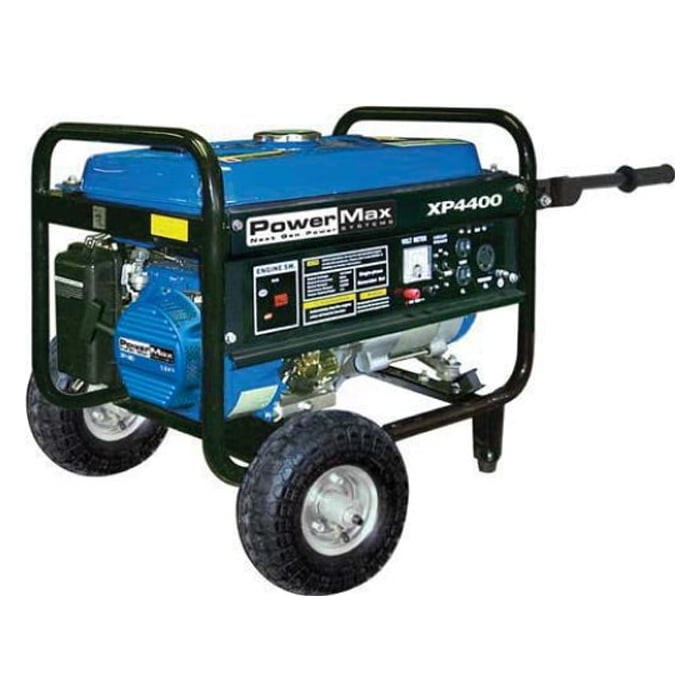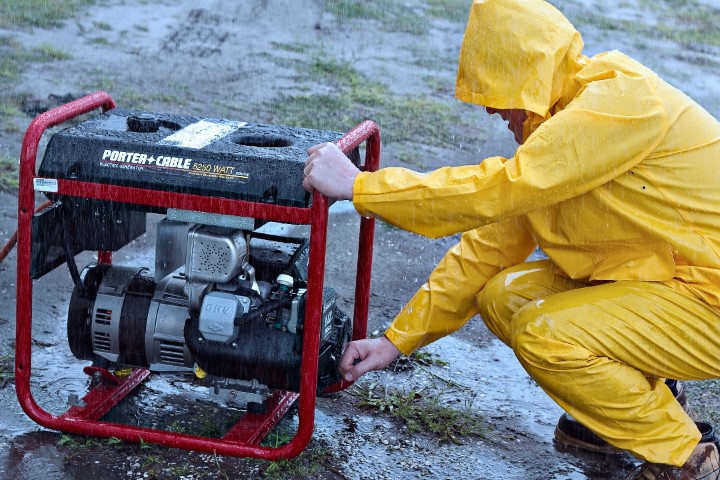Storing Your Generator For Future Use
Generators are one of those things where you hope you never have to use them. But when it comes time, you’re glad you have one. If you have a...
2 min read
Erik Bjornstad : Jun 30 2016

Back in 2004-2005, we had four (or was it five) major hurricane barrel their way through the Southeast United States. It was a scene that we may never see again, and probably never hope to. One major storm after another. I bet if we looked back at sales records from that last decade ago, we’d see there was a major spike in the purchasing of consumer generators. Many of those generators haven’t been used since.
 So, as hurricane season unfolds, it may be a good idea to take a second look at your generator’s condition. More specifically, the generator’s fuel tank. It may benefit from a good cleanout to get it back up to speed for possible use this hurricane season. Not doing so puts your generator at great risk for conditions that may hamper its performance, because there can be things like rust and corrosion and sludge and leftover…..whatever that’s been left in that tank. You want your fuel tank to be clean and able to deliver the fuel inside without causing issues that will cause your generator not to be able to run when you need it to in an emergency.
So, as hurricane season unfolds, it may be a good idea to take a second look at your generator’s condition. More specifically, the generator’s fuel tank. It may benefit from a good cleanout to get it back up to speed for possible use this hurricane season. Not doing so puts your generator at great risk for conditions that may hamper its performance, because there can be things like rust and corrosion and sludge and leftover…..whatever that’s been left in that tank. You want your fuel tank to be clean and able to deliver the fuel inside without causing issues that will cause your generator not to be able to run when you need it to in an emergency.
If you haven’t tested your generator lately, it may be time to clean the tank out. Luckily, it’s not terribly difficult to do.
First, remove the spark plug lead and secure it. This is a safety measure.
Next, clamp the fuel line shut, close to where it attaches to the carburetor. Remove the fuel tank for inspection, being sure to catch any leaking fuel for later disposal.
Now, use a flashlight to use the fuel tank for debris and rust, as well as beads of light that are indicators of possible holes and cracks. If you see any holes or cracks, you’ll have to replace the fuel tank.
Next, use something like a baster to remove any loose debris in the tank. You want to get as much of it out as possible. Add some liquid to the tank and slosh it around to try and get more loose debris off the surfaces, that you can then remove.
Next, inspect the existing fuel filter for debris or deposits. If it looks good, reinstall it. Otherwise, replace it. Reinstall the fuel tank, secure it in place as recommended, reattach and secure the fuel lines.
The last thing you’re going to want to do is put new fuel in the tank and treat it with a multifunction treatment that contains a good dose of detergent. Run the generator at load for a little bit, shut it off, and check the fuel filter. It’s possible you may need to replace the fuel filter if you’ve loosened excess debris that you weren’t able to remove the first time. It may also be a good idea, if you haven't used your generator in a while, to treat the fuel in the tank with a biocide to kill off any dormant microbes.
Preventive maintenance like this is part of owning a generator. It’s a necessary evil that takes time. But it’s well worth doing to ensure your generator is available when you need it most.

Generators are one of those things where you hope you never have to use them. But when it comes time, you’re glad you have one. If you have a...

Generator owners all want one thing from their unit - for it to run on-demand, all the time. Since generators are, by and large, high quality...

The nature of owning a generator is that you never know when you’ll need it most. It’s a hedge against the unpredictability of life. 99% of the time,...